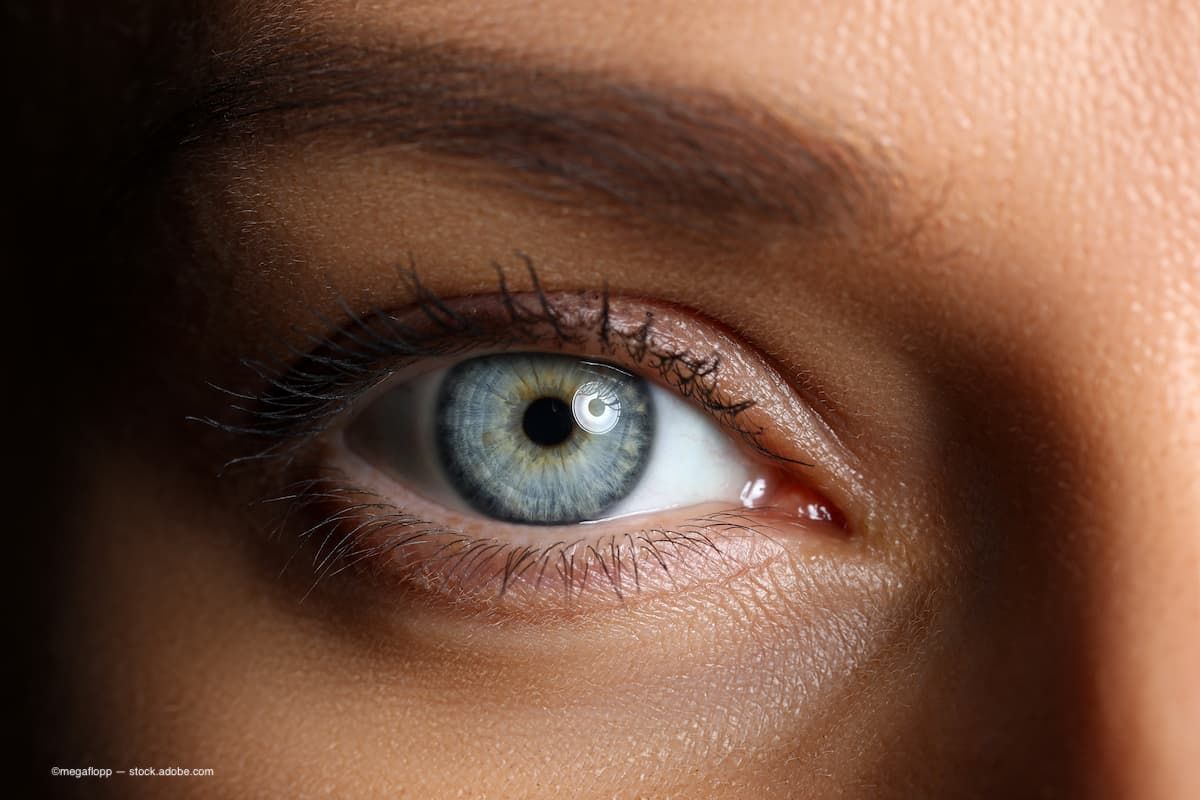Article
Study examines method to detect, localize retinal detachments in eyes filled with silicone oil
Author(s):
A team of researchers compared 10-MHz and 15-MHz B-scan probes to evaluate the probes’ ability to detect and localize retinal detachments in eyes filled with silicone.
(Image credit: AdobeStock/megaflopp)

A team of researchers led by Maha Albadawi, MD, at the Department of Ophthalmology, Faculty of Medicine, Kasr Al Ainy School of Medicine, Cairo University in Cairo, Egypt, reported the strength of a radio frequency does make a difference in detecting retinal detachments in eyes containing silicone oil.
In their case, they found that a 15-MHz B-scan probe was more accurate than a 10-MHz probe for detecting and localizing recurrent retinal detachments in eyes filled with silicone oil with higher sensitivity in vitreoretinal-interface disorders.1
The investigators compared 10-MHz and 15-MHz B-scan probes to evaluate the probes’ ability to detect and localize retinal detachments in eyes filled with silicone.
Albadawi and associates conducted a cross-sectional observational study of 100 eyes (98 patients) with media opacity that prevented fundus examination. These patients were scheduled for silicone-oil removal.
Both frequencies were used to examine the patients who were seated. All examinations were performed 1 week preoperatively. The investigators obtained longitudinal and transverse scans of the eyes in primary gaze, inferior, inferonasal, and inferotemporal positions to detect the presence or absence and extent of retinal detachments.
The patients then were grouped based on the axial lengths, state of silicone emulsification, and globe filling. The agreement between the sonographic and intraoperative observations was compared.
Analysis of probes
The researchers reported that there was no significant differences between the 15-MHz scan probe and intraoperative findings regarding detection of retinal detachments (P = 0.752) and accurate localization of inferior, inferonasal, and inferotemporal RD (P = 0.279, 0.606, and 0.599, respectively).
However, they did identify significant differences between the 10-MHz scan probe and intraoperative findings for those 2 parameters (P < 0.001 for both comparisons).
They commented, “The 15-MHz probe was superior to the 10-MHz probe regarding the accuracy of detecting retinal detachments and localization (94% and 47%, respectively). The accuracy rates of the 15-MHz probe were 88%, 83%, and 85%, respectively, in detecting and localizing inferior, inferonasal, and inferotemporal retinal detachments compared to 45%, 60%, and 62%, respectively, with the 10-MHz probe.”
The 15-MHz probe was found to have better sensitivity, and the 10-MHz probe was more accuracy in eyes with short axial lengths. The 10-MHz probe had better sensitivity in patients with sonographic emulsification, and the 15-MHz probe had better sensitivity in detecting vitreoretinal-interface disorders.
The authors concluded that the 15-MHz B-scan probe was more accurate in detecting and localizing recurrent retinal detachments in eyes filled with silicone oil with higher sensitivity in detecting vitreoretinal-interface disorders.
Reference:
Albadawi MA, Allam RSHM, Khalil NMM, Eissa IM. A comparative study between 10-MHz and 15-MHz ultrasound probes for retinal evaluation in silicone-oil-filled globes. Eye. 2023; https://doi.org/10.1038/s41433-023-02464-5; published online March 6, 2023.
Newsletter
Don’t miss out—get Ophthalmology Times updates on the latest clinical advancements and expert interviews, straight to your inbox.




